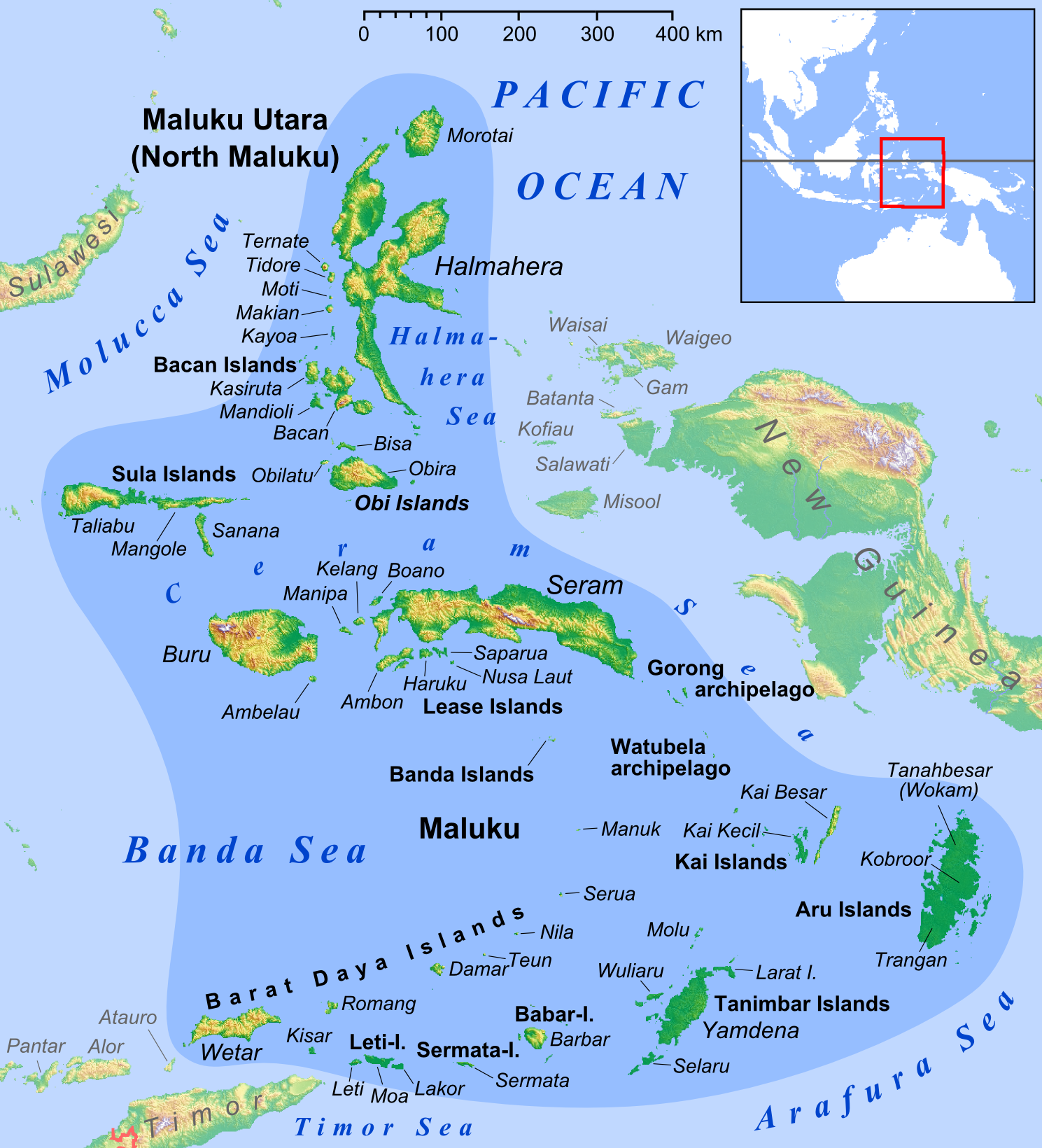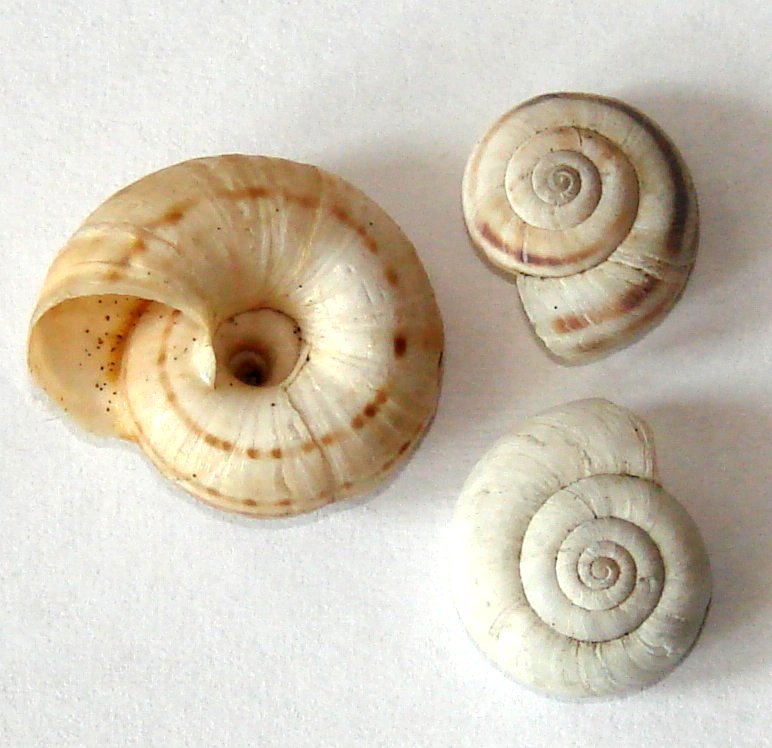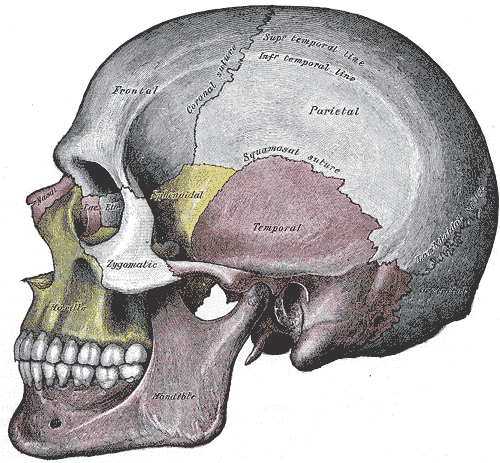|
Quinnia Sykesi
''Quinnia sykesi'' is a species of extremely small deep water sea snail, a marine gastropod mollusk in the family Seguenziidae.WoRMS (2013). ''Quinnia sykesi'' (Schepman, 1909). Retrieved through: World Register of Marine Species at http://www.marinespecies.org/aphia.php?p=taxdetails&id=492439 on 2013-06-10 This species was named in honour of Mr. Ernest Ruthven Sykes, who has sent to M. Schepman for comparison a beautiful lot of specimens of this genus. Description (Original description by M. Schepman) The height of the umbilicate shell attains 3 mm. The shell is small and subglobose. The spire forms a short, subgradate cone. The shell is whitish-yellow, with a slight nacreous lustre. The spire contains about 6 whorls, of which about one forms the blunt, smooth nucleus. The next whorls, including the penultimate, have only one strong median keel. The space above and below this keel is slightly concave, with a few microscopic spiral threadlike striae. Two whorls next to th ... [...More Info...] [...Related Items...] OR: [Wikipedia] [Google] [Baidu] |
Mattheus Marinus Schepman
Mattheus Marinus Schepman (17 August 1847 – 19 November 1919) was a Dutch people, Dutch malacologist. He was one of the foremost collectors of mollusc shells in the Netherlands, and was also high on the overall list of European collectors. Dutch collectors developed an interest in natural history specimens that were collected on worldwide expeditions since the 16th century. An interest in conchology led to numerous shell publications. In 1934 the Nederlandse Malacologische Vereniging (Netherlands Malacological Society) was founded. In commemoration of its 75th anniversary, a book honoring in detail the work of Mattheus Schepman was published. His research Schepman was both a collector and a methodical scientist, which combination "made his collection of great value to the entire malacological community." He was given the opportunity to study a collection by Max Carl Wilhelm Weber, Director of the Zoological Museum Amsterdam, Zoölogisch Museum Amsterdam (ZMA). Many of the speci ... [...More Info...] [...Related Items...] OR: [Wikipedia] [Google] [Baidu] |
Spire (mollusc)
A spire is a part of the coiled shell of molluscs. The spire consists of all of the whorls except for the body whorl. Each spire whorl represents a rotation of 360°. A spire is part of the shell of a snail, a gastropod mollusc, a gastropod shell, and also the whorls of the shell in ammonites, which are fossil shelled cephalopods. In textbook illustrations of gastropod shells, the tradition (with a few exceptions) is to show most shells with the spire uppermost on the page. The spire, when it is not damaged or eroded, includes the protoconch (also called the nuclear whorls or the larval shell), and most of the subsequent teleoconch whorls (also called the postnuclear whorls), which gradually increase in area as they are formed. Thus the spire in most gastropods is pointed, the tip being known as the " apex". The word "spire" is used, in an analogy to a church spire or rock spire, a high, thin, pinnacle. The "spire angle" is the angle, as seen from the apex, at wh ... [...More Info...] [...Related Items...] OR: [Wikipedia] [Google] [Baidu] |
Banda Sea
The Banda Sea ( id, Laut Banda, pt, Mar de Banda, tet, Tasi Banda) is one of four seas that surround the Maluku Islands of Indonesia, connected to the Pacific Ocean, but surrounded by hundreds of islands, including Timor, as well as the Halmahera and Ceram Seas. It is about 1000 km (600 mi) east to west, and about 500 km (300 mi) north to south. Extent The International Hydrographic Organization (IHO) defines the Banda Sea as being one of the waters of the East Indian Archipelago. The IHO defines its limits as follows: ''On the North'' The Southern limits of the Molukka Sea and the Western and Southern limits of the Ceram Sea. ''On the East.'' From Tg Borang, the Northern point of Noehoe Tjoet Kai_Besar">/nowiki>Kai_Besar.html" ;"title="Kai_Besar.html" ;"title="/nowiki>Kai Besar">/nowiki>Kai Besar">Kai_Besar.html" ;"title="/nowiki>Kai Besar">/nowiki>Kai Besar/nowiki>, through this island to its Southern point, thence a line to the Northeast point of F ... [...More Info...] [...Related Items...] OR: [Wikipedia] [Google] [Baidu] |
Aperture (mollusc)
The aperture is an opening in certain kinds of mollusc shells: it is the main opening of the shell, where the head-foot part of the body of the animal emerges for locomotion, feeding, etc. The term ''aperture'' is used for the main opening in gastropod shells, scaphopod shells, and also for '' Nautilus'' and ammonite shells. The word is not used to describe bivalve shells, where a natural opening between the two shell valves in the closed position is usually called a '' gape''. Scaphopod shells are tubular, and thus they have two openings: a main anterior aperture and a smaller posterior aperture. As well as the aperture, some gastropod shells have additional openings in their shells for respiration; this is the case in some Fissurellidae (keyhole limpets) where the central smaller opening at the apex of the shell is called an orifice, and in the Haliotidae (abalones) where the row of respiratory openings in the shell are also called orifices. In gastropods In some pros ... [...More Info...] [...Related Items...] OR: [Wikipedia] [Google] [Baidu] |
Columella (gastropod)
The columella (meaning "little column") or (in older texts) pillar is a central anatomical feature of a coiled snail shell, a gastropod shell. The columella is often only clearly visible as a structure when the shell is broken, sliced in half vertically, or viewed as an X-ray image. The columella runs from the apex of the shell to the midpoint of the undersurface of the shell, or the tip of the siphonal canal in those shells which have a siphonal canal. If a snail shell is visualized as a cone of shelly material which is wrapped around a central axis, then the columella more or less coincides spatially with the central axis of the shell. In the case of shells that have an umbilicus, the columella is a hollow structure. The columella of some groups of gastropod shells can have a number of plications or folds (the columellar fold, plaits or plicae), which are usually visible when looking to the inner lip into the aperture of the shell. These folds can be wide or narrow, promine ... [...More Info...] [...Related Items...] OR: [Wikipedia] [Google] [Baidu] |
Umbilicus (mollusc)
The umbilicus of a shell is the axially aligned, hollow cone-shaped space within the whorls of a coiled mollusc shell. The term umbilicus is often used in descriptions of gastropod shells, i.e. it is a feature present on the ventral (or under) side of many (but not all) snail shells, including some species of sea snails, land snails, and freshwater snails. The word is also applied to the depressed central area on the planispiral coiled shells of ''Nautilus'' species and fossil ammonites. (These are not gastropods, but shelled cephalopods.) In gastropods The spirally coiled whorls of gastropod shells frequently connect to each other by their inner sides, during the natural course of its formation. This results in a more or less solid central axial pillar, known as the columella. The more intimate the contact between the concave side of the whorls is, the more solid the columella becomes. On the other hand, if this connection is less intense, a hollow space inside the whorls ... [...More Info...] [...Related Items...] OR: [Wikipedia] [Google] [Baidu] |
Suture (anatomy)
In anatomy, a suture is a fairly rigid joint between two or more hard elements of an organism, with or without significant overlap of the elements. Sutures are found in the skeletons or exoskeletons of a wide range of animals, in both invertebrates and vertebrates. Sutures are found in animals with hard parts from the Cambrian period to the present day. Sutures were and are formed by several different methods, and they exist between hard parts that are made from several different materials. Vertebrate skeletons The skeletons of vertebrate animals (fish, amphibians, reptiles, birds, and mammals) are made of bone, in which the main rigid ingredient is calcium phosphate. Cranial sutures The skulls of most vertebrates consist of sets of bony plates held together by cranial sutures. These sutures are held together mainly by Sharpey's fibers which grow from each bone into the adjoining one. Sutures in the ankles of land vertebrates In the type of crurotarsal ankle which is fou ... [...More Info...] [...Related Items...] OR: [Wikipedia] [Google] [Baidu] |
Body Whorl
The body whorl is part of the morphology of the shell in those gastropod mollusks that possess a coiled shell. The term is also sometimes used in a similar way to describe the shell of a cephalopod mollusk. In gastropods In gastropods, the body whorl, or last whorl, is the most recently formed and largest whorl (or revolution) of a spiral or helical shell, terminating in the aperture. It is called the "body whorl" because most of the body of the soft parts of the animal fits into this whorl. The proportional size of the body whorl in gastropod shells differs greatly according to the actual shell morphology. For shells in which the rate of whorl expansion of each revolution around the axis is very high, the aperture and the body whorl are large, and the shell tends to be low spired. The shell of the abalone is a good example of this kind of shell. The opposite tendency can sometimes create a high spire with very little whorl increase per revolution. In these instances ... [...More Info...] [...Related Items...] OR: [Wikipedia] [Google] [Baidu] |
Whorl (mollusc)
A whorl is a single, complete 360° revolution or turn in the spiral growth of a mollusc shell. A spiral configuration of the shell is found in numerous gastropods, but it is also found in shelled cephalopods including '' Nautilus'', '' Spirula'' and the large extinct subclass of cephalopods known as the ammonites. A spiral shell can be visualized as consisting of a long conical tube, the growth of which is coiled into an overall helical or planispiral shape, for reasons of both strength and compactness. The number of whorls which exist in an adult shell of a particular species depends on mathematical factors in the geometric growth, as described in D'Arcy Wentworth Thompson's classic 1917 book '' On Growth and Form'', and by David Raup. The main factor is how rapidly the conical tube expands (or flares-out) over time. When the rate of expansion is low, such that each subsequent whorl is not that much wider than the previous one, then the adult shell has numerous whorl ... [...More Info...] [...Related Items...] OR: [Wikipedia] [Google] [Baidu] |
Ernest Ruthven Sykes
Ernest Ruthven Sykes (1867-1954) was a malacologist from Great Britain.Coan E. V., Kabat A. R. & Petit R. E. (15 February 2009)''2,400 years of malacology, 6th ed.'' 830 pp. & 32 pp. nnex of Collations American Malacological Society He married Gladys, who was a daughter of his malacological colleague James Cosmo Melvill Sir James Cosmo Melvill (8 June 1792 – 23 July 1861) was a British administrator who served as the last secretary of the East India Company. Life Born at Guernsey, he was the third but eldest surviving son of Philip Melvill (1762–1811), l .... He published 99 malacological articles.Rees W. J. (1962). "ERNEST RUTHVEN SYKES (1867-1954)". '' Journal of the Society for the Bibliography of Natural History''. 4(1): 20-27. . References External links * 1867 births 1954 deaths British malacologists {{UK-zoologist-stub ... [...More Info...] [...Related Items...] OR: [Wikipedia] [Google] [Baidu] |
Species
In biology, a species is the basic unit of Taxonomy (biology), classification and a taxonomic rank of an organism, as well as a unit of biodiversity. A species is often defined as the largest group of organisms in which any two individuals of the appropriate sexes or mating types can reproduction, produce Fertility, fertile offspring, typically by sexual reproduction. Other ways of defining species include their karyotype, DNA sequence, morphology (biology), morphology, behaviour or ecological niche. In addition, paleontologists use the concept of the chronospecies since fossil reproduction cannot be examined. The most recent rigorous estimate for the total number of species of eukaryotes is between 8 and 8.7 million. However, only about 14% of these had been described by 2011. All species (except viruses) are given a binomial nomenclature, two-part name, a "binomial". The first part of a binomial is the genus to which the species belongs. The second part is called the specifi ... [...More Info...] [...Related Items...] OR: [Wikipedia] [Google] [Baidu] |
World Register Of Marine Species
The World Register of Marine Species (WoRMS) is a taxonomic database that aims to provide an authoritative and comprehensive list of names of marine organisms. Content The content of the registry is edited and maintained by scientific specialists on each group of organism. These taxonomists control the quality of the information, which is gathered from the primary scientific literature as well as from some external regional and taxon-specific databases. WoRMS maintains valid names of all marine organisms, but also provides information on synonyms and invalid names. It is an ongoing task to maintain the registry, since new species are constantly being discovered and described by scientists; in addition, the nomenclature and taxonomy of existing species is often corrected or changed as new research is constantly being published. Subsets of WoRMS content are made available, and can have separate badging and their own home/launch pages, as "subregisters", such as the ''World List ... [...More Info...] [...Related Items...] OR: [Wikipedia] [Google] [Baidu] |









